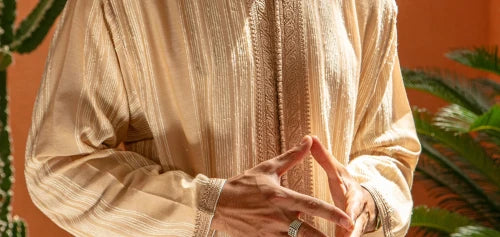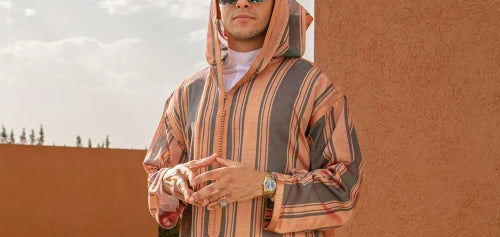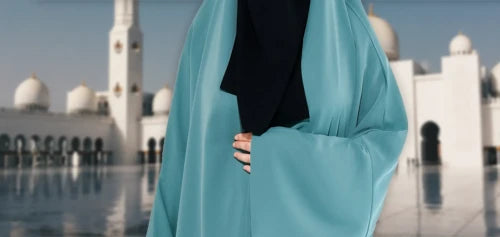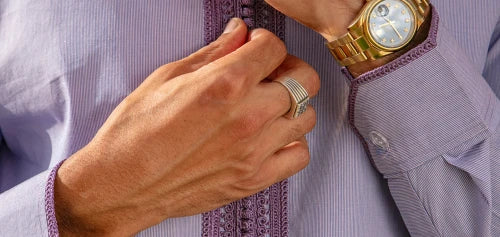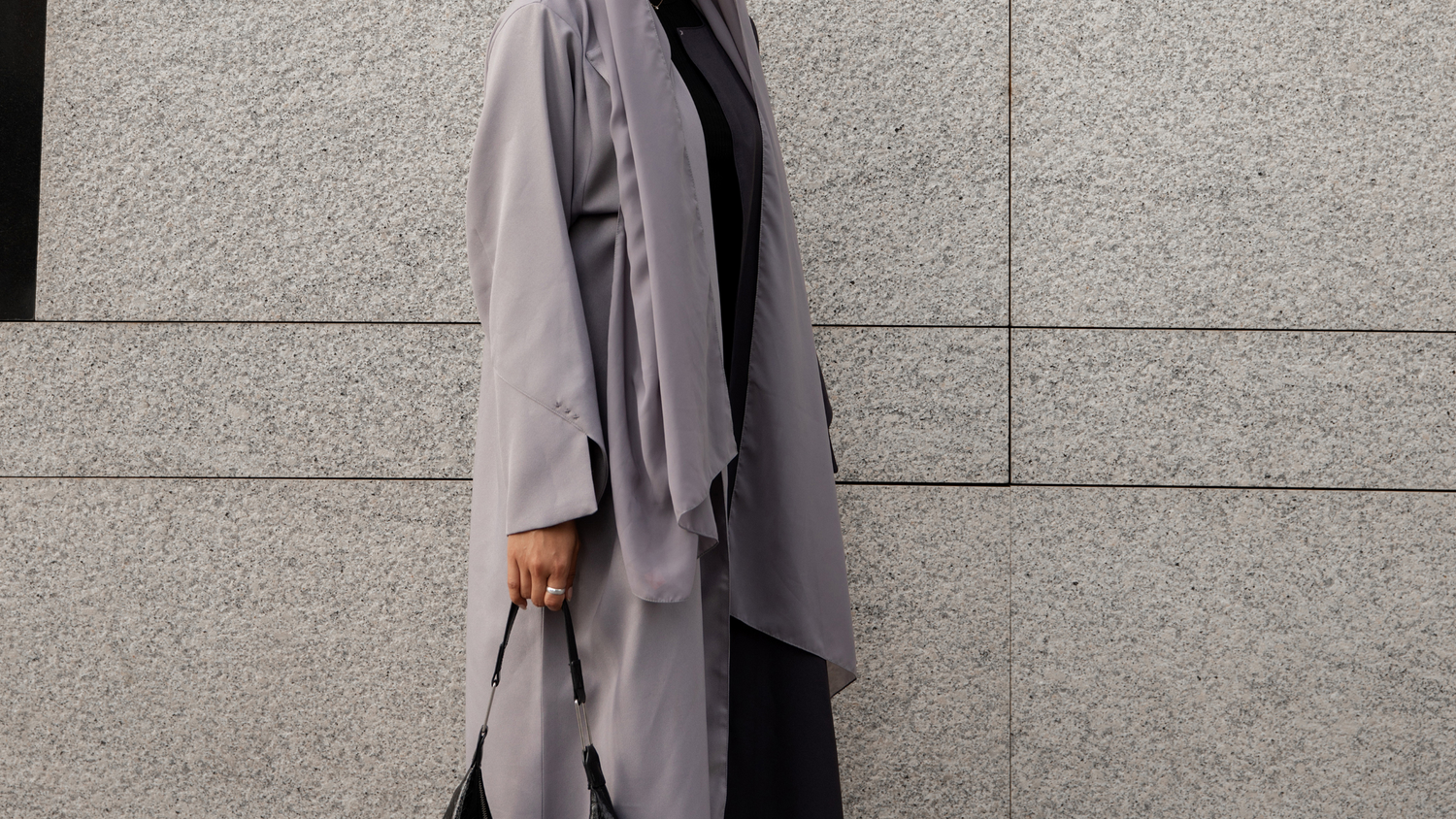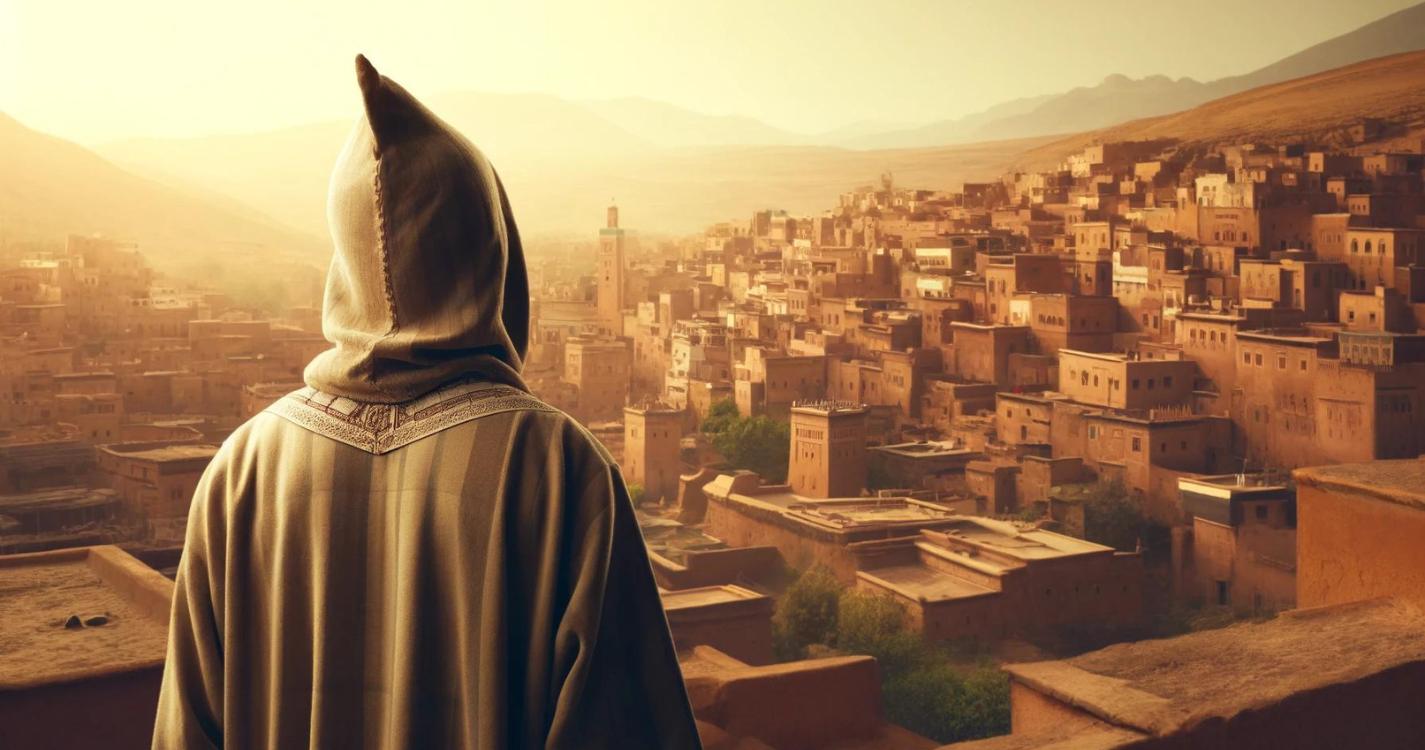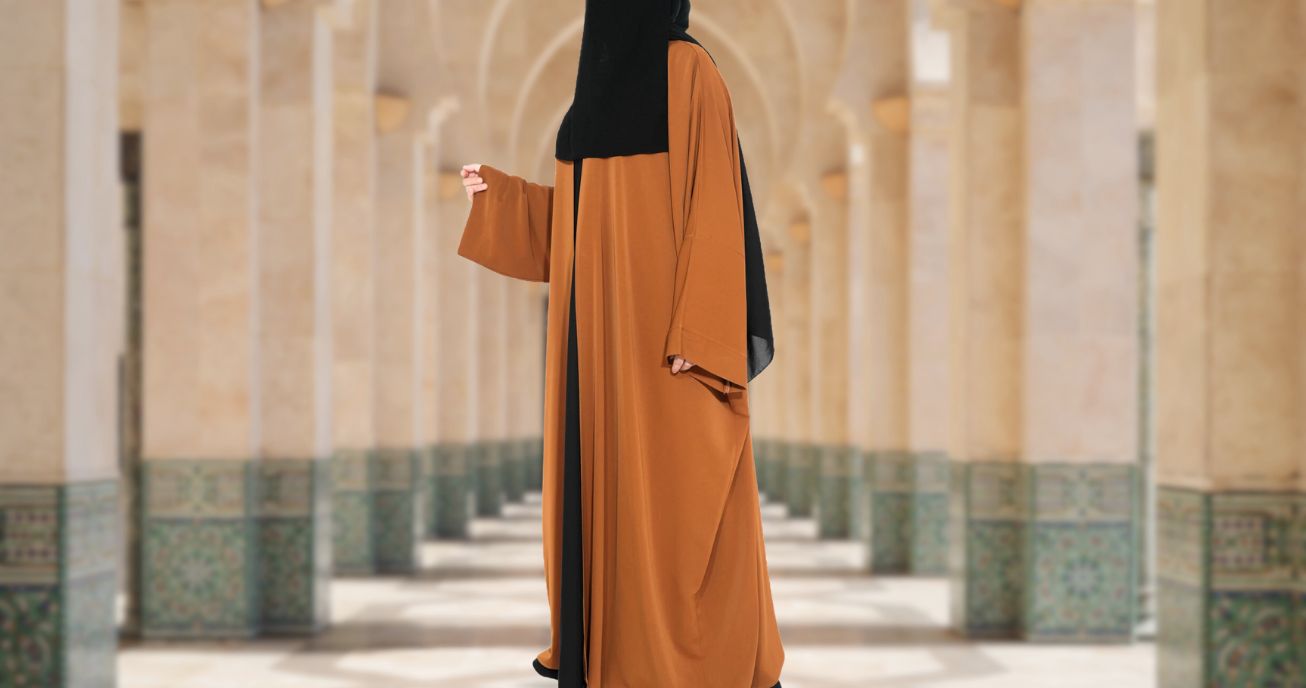In the world of modest fashion, two garments stand out for their cultural significance and timeless appeal: the Abaya and the Jilbab. These traditional Islamic garments are worn by women around the world as a symbol of modesty and elegance. While both garments serve a similar purpose, they differ in design, style, and cultural significance. In this article, we will explore the differences and similarities between the Abaya and the Jilbab, helping you understand the unique characteristics of each garment.
What is an Abaya?

The Abaya is a traditional Islamic garment worn by women as a symbol of modesty and elegance. It is a loose-fitting, full-length outer garment that is typically worn over regular clothing. The Abaya is designed to cover the entire body except for the hands, feet, and face, in accordance with Islamic guidelines on modest dress.
Abayas are usually made from flowing fabrics such as chiffon, crepe, or cotton, which drape gracefully over the body. They come in a variety of styles, ranging from simple, solid-colored designs to more elaborate, embellished styles. Some Abayas feature intricate embroidery, beading, or other decorations, especially for special occasions like weddings or religious ceremonies.
The Abaya is commonly worn in countries across the Middle East, North Africa, and South Asia, where it is considered an essential part of the cultural and religious identity. It is often worn over other clothing, such as a dress or trousers and a blouse, and is secured closed either by buttons, snaps, or a belt.
In recent years, the Abaya has also become a fashion statement, with designers creating modern, stylish versions that cater to a younger, trendier audience. These modern Abayas often feature bold colors, unique cuts, and innovative designs, while still maintaining the modesty and elegance of the traditional garment.
Overall, the Abaya is not just a piece of clothing, but a symbol of cultural identity, religious devotion, and personal style. It is a garment that transcends fashion trends and continues to be an important part of many women's lives around the world.
What is a Jilbab?

The Jilbab is a traditional Islamic garment worn by women as a form of modest dress. It is similar to an Abaya in that it is a long, loose-fitting outer garment that is worn over regular clothing. However, there are some distinct differences between the two garments.
The Jilbab typically has a more structured design compared to the Abaya. It often features a fitted bodice and a flowing skirt, giving it a more tailored look. Jilbabs are often made from heavier fabrics such as wool or polyester, making them more suitable for colder climates.
Jilbabs are commonly worn in countries such as Saudi Arabia, Iran, and Indonesia, where they are considered a cultural and religious garment. They are often worn as everyday attire, especially in more conservative communities where modesty is highly valued.
Like the Abaya, the Jilbab is also worn as a symbol of cultural identity and religious devotion. Many women choose to wear the Jilbab as a form of religious expression, as it reflects their commitment to dressing modestly in accordance with Islamic teachings.
In terms of styling, Jilbabs come in a variety of designs and colors. Some Jilbabs are simple and plain, while others are more elaborate, featuring embroidery, beading, or other decorative elements. The style of Jilbab worn can vary depending on personal preference, cultural norms, and the occasion.
Overall, the Jilbab is a garment that holds deep cultural and religious significance for many women around the world. It is a symbol of modesty, piety, and cultural identity, and is worn with pride by those who choose to embrace its traditions.
Key Differences Between Abaya and Jilbab
While both the Abaya and Jilbab are traditional Islamic garments worn by women for modesty, there are several key differences between the two:
-
Design and Construction:
- Abayas are typically loose-fitting and flowing, with a focus on comfort and ease of movement. They are often one-piece garments that slip on over the head and are secured closed with buttons or snaps.
- Jilbabs, on the other hand, are more structured in design, with a fitted bodice and a flowing skirt. They often have a front opening with buttons or a zipper for closure.
-
Cultural and Regional Variations:
- Abayas are worn in a wide range of countries across the Middle East, North Africa, and South Asia, with each region having its own unique style and design. They are often embellished with intricate embroidery, beadwork, or other decorations.
- Jilbabs are more commonly associated with specific countries, such as Saudi Arabia, Iran, and Indonesia, where they are considered a traditional garment. They may have regional variations in style and design, but generally adhere to a more structured silhouette.
-
Usage and Occasions:
- Abayas are often worn for special occasions such as weddings, religious ceremonies, or social gatherings. They can also be worn as everyday attire in some cultures.
- Jilbabs are typically worn as everyday attire, especially in countries where they are considered a cultural and religious garment. They are often worn to work, school, or other daily activities.
-
Fabric and Embellishments:
- Abayas are usually made from lightweight, flowing fabrics such as chiffon, crepe, or cotton. They may be embellished with embroidery, beadwork, sequins, or other decorative elements.
- Jilbabs are often made from heavier fabrics such as wool or polyester, making them more suitable for colder climates. They may be less embellished than Abayas, with a focus on simplicity and elegance.
-
Cultural Significance:
- Both Abayas and Jilbabs are worn as a symbol of modesty and piety in Islam. However, the cultural significance of each garment may vary depending on the region and community in which they are worn.
- In some cultures, the Abaya may be seen as a more formal or elegant garment, worn for special occasions or when dressing up. The Jilbab, on the other hand, may be seen as more of an everyday garment, worn for work or daily activities.
Understanding these key differences can help individuals choose the garment that best suits their personal style, cultural norms, and religious beliefs. Whether wearing an Abaya or a Jilbab, both garments are beautiful expressions of modesty and cultural identity.
Usage and Occasions

The Abaya and Jilbab are both versatile garments that can be worn for a variety of occasions, but they are often associated with different usage patterns and settings.
Abaya:
- Formal Occasions: Abayas are often worn for formal occasions such as weddings, religious ceremonies, or social gatherings. They are considered a symbol of elegance and are often embellished with intricate embroidery, beadwork, or other decorations for these special events.
- Everyday Wear: In some cultures, the Abaya is worn as everyday attire, especially in more conservative communities where modesty is highly valued. It provides women with a comfortable and modest clothing option for going about their daily activities.
Jilbab:
- Everyday Wear: The Jilbab is typically worn as everyday attire, especially in countries where it is considered a cultural and religious garment. It is often worn to work, school, or other daily activities, providing women with a modest and practical clothing option.
- Casual and Formal Settings: While the Jilbab is often worn for everyday wear, it can also be dressed up for more formal occasions. Some Jilbabs feature elegant designs and embellishments that make them suitable for weddings, parties, or other special events.
Cultural and Regional Variations:
- The way in which Abayas and Jilbabs are worn can vary depending on the cultural norms and traditions of different regions. In some cultures, women may wear the Abaya or Jilbab with a headscarf or hijab, while in others, they may wear it with a niqab or other form of face covering.
- The colors, fabrics, and styles of Abayas and Jilbabs can also vary depending on the region. In some cultures, bright colors and bold patterns are preferred, while in others, more subdued colors and simple designs are favored.
Overall, both the Abaya and Jilbab are versatile garments that can be worn for a variety of occasions. Whether worn for formal events or everyday wear, these garments are a beautiful expression of modesty and cultural identity.
Conclusion
In conclusion, the Abaya and the Jilbab are two distinct garments that share a common purpose. While both garments are worn as a symbol of modesty and cultural identity, they differ in design, style, and cultural significance. Understanding the differences between these two garments can help you make informed choices about which one is right for you . Whether you choose to wear an Abaya or a Jilbab, both garments are beautiful expressions of modesty and elegance, and are sure to make you feel confident and comfortable


